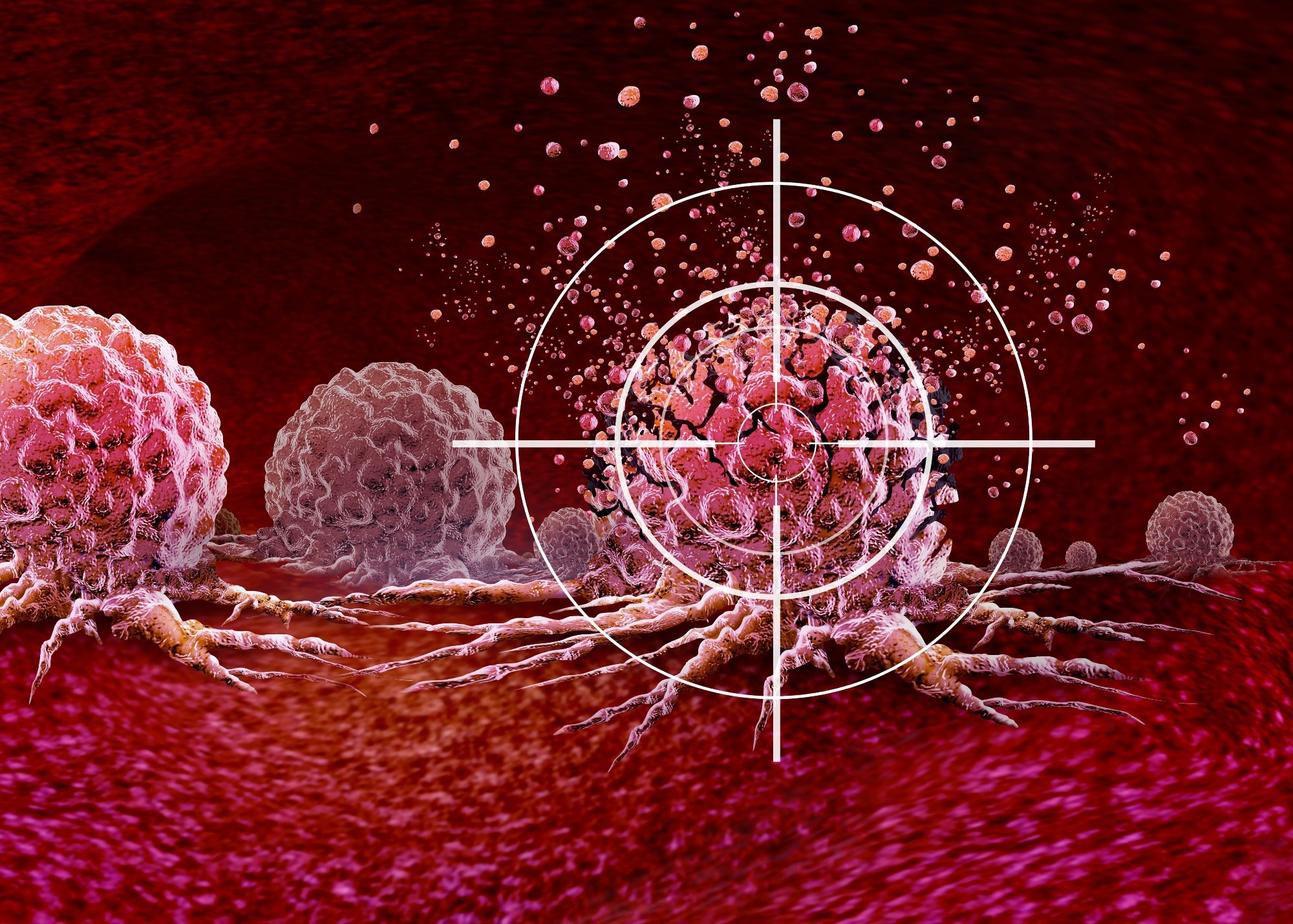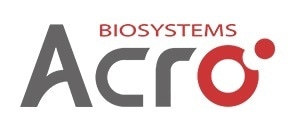The dynamic balance of iron and lipid metabolism is essential for maintaining cellular energy supply. Not only does iron play a key role in cellular respiration, DNA synthesis, and antioxidant responses in rapidly growing tumor cells, but it is also important in regulating metabolic signaling pathways.
In recent years, fatty acid oxidation (FAO) has been identified as a preferred energy source for some tumor cells under certain conditions.
However, researchers are still investigating how tumors combine iron homeostasis with lipid metabolic reprogramming to adapt to energy-deficient conditions and enhance growth.

Image Credit: Lightspring/Shutterstock.com
Blocking TF-specific binding is key to inhibiting liver tumor cell growth
A recent study titled published in PNAS from Zhejiang University identified a new pro-carcinogenic mechanism for transferrin (TF) in hepatocellular carcinoma (HCC) cells.
The research showed that under glucose deprivation, transferrin's AMPK-dependent phosphorylation at S685 exposes its nuclear localization signal (NLS). This facilitates binding to importin α7 (IPOα7) and subsequent nuclear translocation.
After translocation, TF enters the nucleus and interacts with peroxisome proliferator-activated receptor alpha (PPARα), increasing its stability and so boosting FAO.
At the molecular level, transferrin promotes the FAO process and promotes liver cancer cell growth by upregulating iron-dependent prolyl hydroxylase domain-containing protein 2 (PHD2)-mediated PPARα hydroxylation at P87. This inhibits MDM2-mediated PPARα degradation.
Critically, by reconstructing TF S685A and NLS mutants, or knocking in the PPARα P87A mutation in mice models PPARα-mediated FAO is significantly reduced. This results in increased hepatocellular carcinoma (HCC) cell apoptosis and impedes liver cancer growth.
The study also found that blocking the peptide binding of TF pS685 can suppress the AMPK-transferrin-PPARα axis. This blocker works with the traditional AMPK activator metformin to suppress tumor growth.
These results not only demonstrate the crucial role of TF in metabolic regulation in liver cancer, but also highlights a new therapeutic target for HCC treatment.
Abnormal expression of TF/TFR is closely associated with the development of various malignant tumors
The abnormal expression of key proteins (such as TF and TFR) in the iron metabolism regulatory network is strongly linked to the development of a range of cancers.
These include liver cancer, lung cancer, breast cancer, ovarian cancer, colorectal cancer, brain tumors, pancreatic cancer, nasopharyngeal cancer, prostate cancer, and leukemia.
Excessive TF encourages iron uptake in tumor cells and speeds up the clathrin-mediated endocytic cycle. Iron ions are essential in the formation and metabolism of all cells and TF’s key role is to aid in their adsorption tumor cells.
As a result, attaching antibodies to TFR can impede iron ion absorption in tumor cells, causing them to perish.
Having adhered to antibodies, TFR–also known as the Trojan horse–can carry them across the blood-brain barrier, allowing cancers and nervous system illnesses to be treated.
New research also indicates that TransTACs may cause the breakdown of numerous membrane proteins, considerably increasing the internalization efficiency of the protein of interest (POI).
TransTACs are bispecific antibodies that target membrane target proteins and TfR1. This allows the POI to enter cells via the TFR1 on the cell surface and initiate endolysosomal breakdown.
Studies have revealed that more than 80% of targets in various cells can be rapidly destroyed using this method.
High-quality tools support iron metabolism targeted drug development
To meet the development needs of iron metabolism-related tumor and neurodelivery drugs, ACROBiosystems has introduced several high-quality technologies that support applications from the molecular to the cellular level, including:
Recombinant proteins: Transferrin R, Transferrin R2, Transferrin R2 alpha, Transferrin, Melanotransferrin:
- These recombinant proteins demonstrate good purity, activity, and batch-to-batch consistency, expressed in human-derived cells (HEK293) and confirmed using SDS-PAGE, SEC-MALS, ELISA, and SPR. They are appropriate for use in vaccination, antibody screening, and candidate medication functional validation.
Stable cell line: Transferrin R, Transferrin:
- Transferrin R and Transferrin proteins are stably expressed on host cell surfaces, making them appropriate for long-term use. They aid in the screening of antibody drug activity (cell-level binding and blocking) as well as the evaluation of CAR molecule cytotoxicity, making them indispensable in drug functional testing.
ACROBiosystems provides batch-by-batch quality control on all its products to ensure purity and binding activity. It provides free protocols with specific experimental settings and techniques to help accelerate R&D processes.
References
- Qian, X., et al. (2025). Transferrin promotes fatty acid oxidation and liver tumor growth through PHD2-mediated PPARα hydroxylation in an iron-dependent manner. Proceedings of the National Academy of Sciences, 122(5). https://doi.org/10.1073/pnas.2412473122.
About ACROBiosystems
ACROBiosystems is a cornerstone enterprise of the pharmaceutical and biotechnology industries. Their mission is to help overcome challenges with innovative tools and solutions from discovery to the clinic. They supply life science tools designed to be used in discovery research and scalable to the clinical phase and beyond. By consistently adapting to new regulatory challenges and guidelines, ACROBiosystems delivers solutions, whether it comes through recombinant proteins, antibodies, assay kits, GMP-grade reagents, or custom services. ACROBiosystems empower scientists and engineers dedicated towards innovation to simplify and accelerate the development of new, better, and more affordable medicine.
Sponsored Content Policy: News-Medical.net publishes articles and related content that may be derived from sources where we have existing commercial relationships, provided such content adds value to the core editorial ethos of News-Medical.Net which is to educate and inform site visitors interested in medical research, science, medical devices and treatments.